In September, Malachi received his first wheelchair and has been tearing through his house, exploring his world. Other times, he crawls everywhere to grab toys or cause mayhem in the kitchen. In January, he started virtual preschool and loves chatting with his friends.
“He is keeping us on our toes. He has become quite the threenager,” mom Whitney Stohr, 35, of Seattle, told TODAY Parents. “He’s all over the place and an adventurous toddler.”
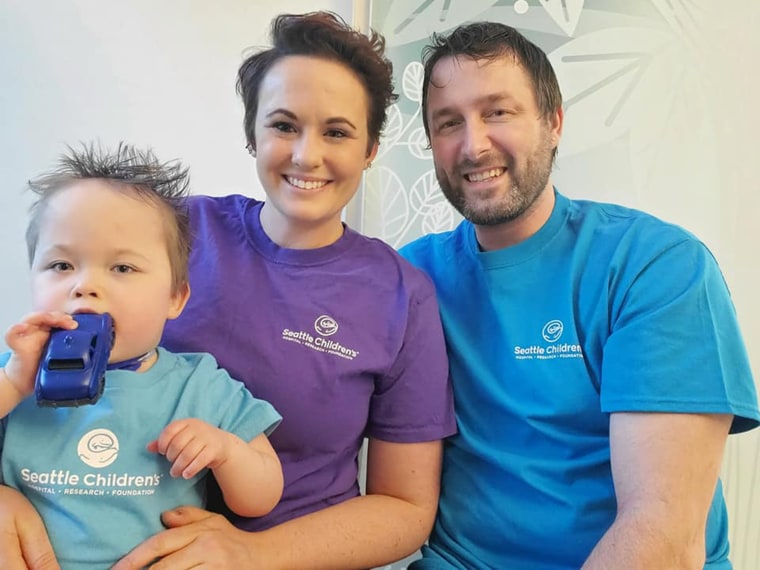
The 3-year-old was born with spina bifida and encephalitis and he uses a tracheotomy and feeding tube to breathe and eat. Malachi is thriving at home, but he does need additional medical support. He qualifies for a Medicare waiver that allows him to receive an in-home caregiver for 20 hours a day. But, Stohr can’t find one to hire. That means she and her husband watch Malachi 24 hours a day to assure he is safe. Both work and swap their sleep schedules so that Malachi is never unattended.
“My husband goes to sleep around 4:30 or 5 in the evening and I go through the whole bedtime routine,” she explained. “My husband gets up at about 11 or 11:30 at night and takes over until 6 in the morning when I get back up and take over again. I squeeze in work when Malachi is sleeping or during the day when he’s sitting quietly.”
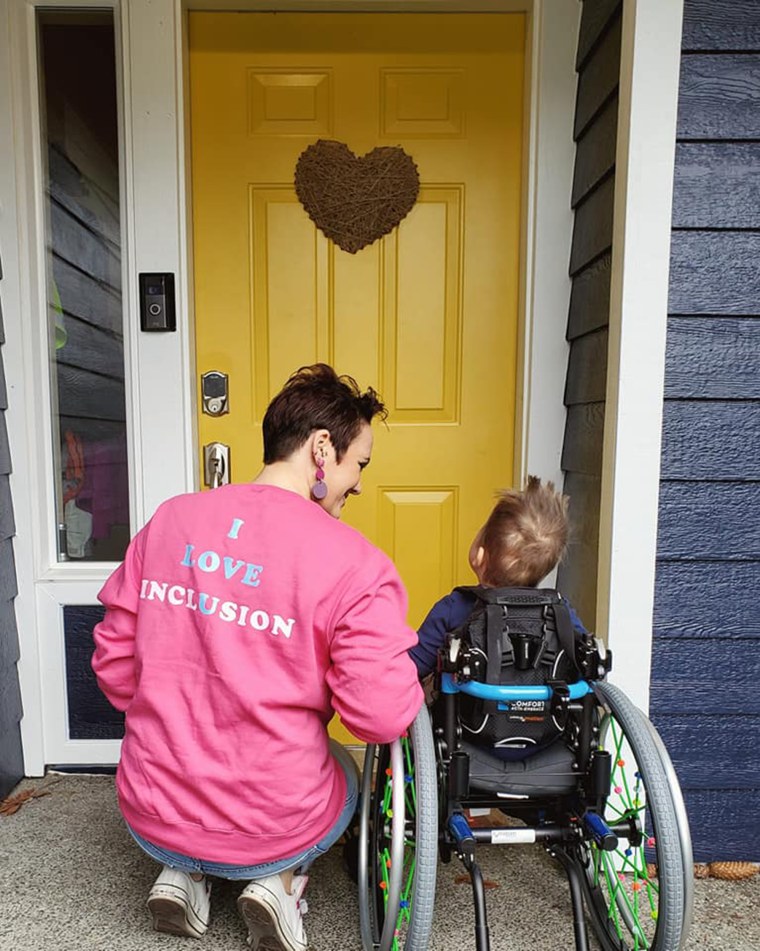
Recently, Stohr has been sharing her family’s story as part of a partnership with Little Lobbyists and Be a Hero to encourage legislators to fully fund the infrastructure bill, a federal package that includes $400 billion to bolster home and community-based services for people with disabilities.
This funding will allow children (and adults) with complex medical needs to live with their families in their communities.
“If you live long enough you will eventually have a pre-existing condition … all of us are one life event away from needing any kind of support,” Stacy Staggs, 44, director of community engagement with Little Lobbyists, who lives in Charlotte, told TODAY Parents. “There are laws in place because of the disability advocates who have come before us that say this is what we are entitled to, this is what the laws say. And now it’s the government’s job to fully fund and realize the intent of the (law).”
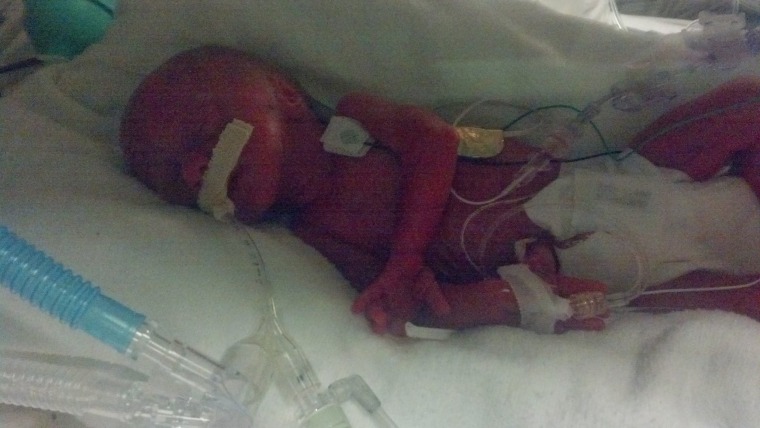
Staggs has 7-year-old twin daughters, Emma and Sara, who were born at 27 weeks when Staggs developed preeclampsia then HELLP syndrome. Emma was 1 pound 9 ounces and Sara was 2 pounds. During their time in the neonatal intensive care unit, Emma developed a staph infection and struggled to survive. After numerous interventions, she stabilized but she has bilateral paralyzed vocal cords and requires a tracheostomy tube to breathe. That means she requires and receives home and community based health services thanks to the state’s Medicaid waiver. They have in-home care for 18 hours a day and having that help really allowed Emma to blossom.
“Emma is really thriving. You can see it in her face. Her endurance and strength are improving. She’s bright eyed and she’s excited. She’s engaged,” Staggs said. “I cannot accept an alternative where she’s taken away from that and put into a congregate care setting.”
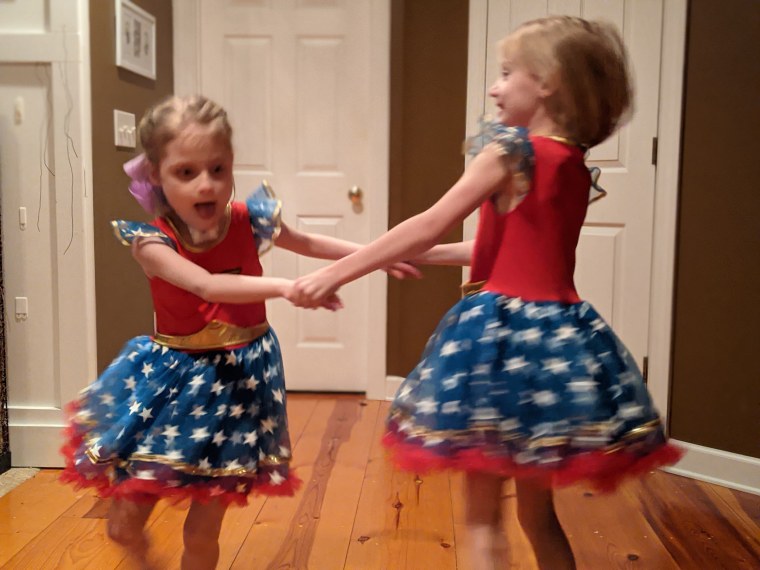
What’s more, receiving care at home makes sense economically.
“We are really running a one room one patient hospital in her bedroom,” Staggs said. “It surprises people to learn that the home and community based services and having in home nursing — with all that it entails, it significantly less expensive than being in a congregate care setting.”
Darci Ladwig’s daughter Zoe Osborne is 18 so the state now pays Ladwig to be her daughter’s caregiver. She enjoys it and can manage it with work. But she does it, in part, because it is difficult finding caregivers. Like other families, she hopes that more federal funding devoted to caregivers increases the number of people who want to pursue it.
“The aging population and the disability population are a big part of our country and the care needs are only growing,” the 52-year-old from Spokane Valley, Washington, told TODAY. “It isn’t a quick fix, but it’s a needed fix that will make it more equitable for families.”
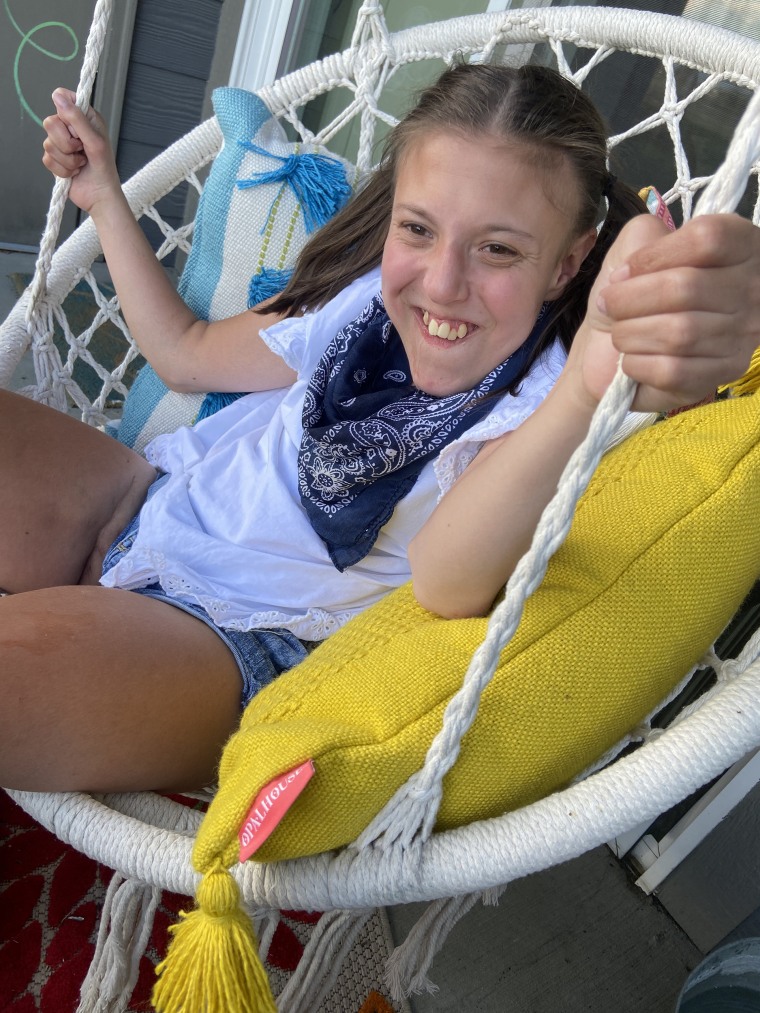
Osborne has cerebral palsy, cortical visual impairment, receives her nutrition through a G-tube and has developmental and intellectual disabilities. She’ll be in school until she’s 21 and Ladwig has been wondering how to make sure Osborne can still live in the community if something happens to her.
“We need to build capacity in our communities so that we can move people out of institutions,” Ladwig said. “She will need continued supports and services and we’re working on what that independence looks like for her.”
Sarah Lynch-Keogh’s family also has a caregiver, but he is leaving for school. She doesn’t anticipate being able to find another one even though her Washington state Medicare waiver covers one for her 10-year-old son. Luca has spina bifida, tethered cord syndrome and slit ventricle syndrome, which means the ventricles in his brain are small and do not expand, like they should.
“He’s had 17 brain surgeries now. He’s had 32 surgeries altogether and some orthopedics-related stuff,” Lynch-Keogh, 37, from the Seattle area, told TODAY Parents. “We’re actually on our first caregiver.”
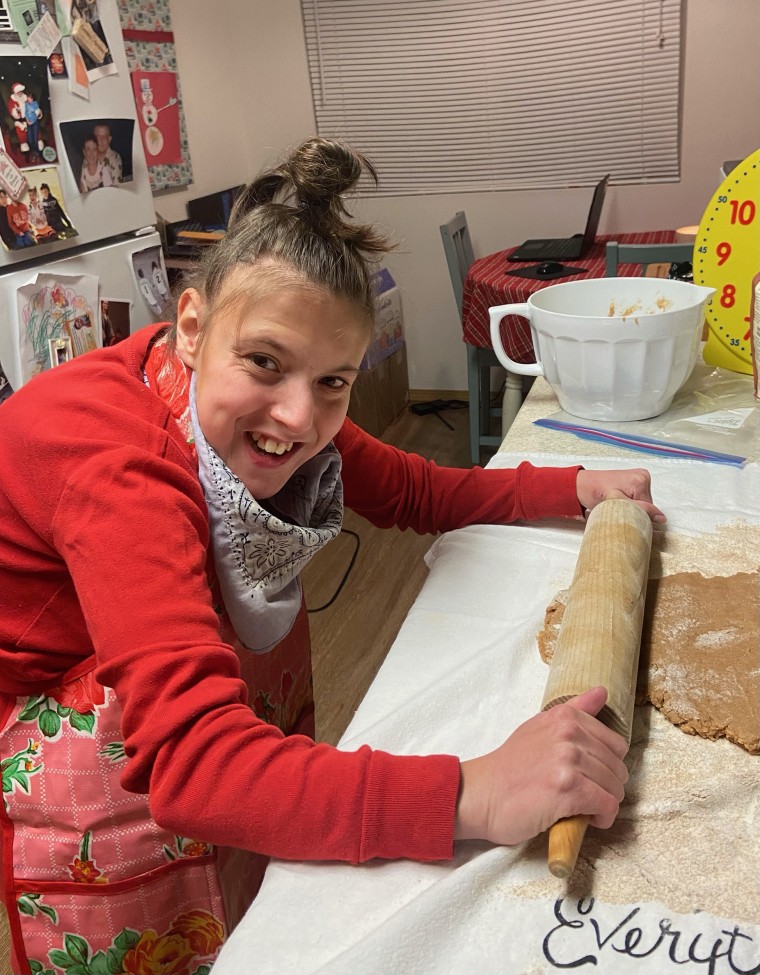
Without Luca’s caregiver, Lynch-Keogh isn’t sure how the family would have gotten through the past year. She has undergone four surgeries and can’t lift more than 20 pounds. That means she couldn’t help 70-pound Luca from his bed to wheelchair, for example.
“We wouldn’t be able to do all this without him really,” she said. “Sometimes things happen in the family that means you even rely on the caregiver more.”
Luca loves being social and during the pandemic he has had fewer chances to chat with people at the grocery store, attends therapy in person or play basketball or soccer. His caregiver, Tyler, helps Luca with exercises that make a huge difference for him.
“Luca lost the ability to lock his knees after the last surgery and required a lot of work building back up his quad muscles,” Lynch-Keogh explained. “I wouldn’t have been able to do that with him and he would have definitely lost a lot of function and not gained it back (without Tyler’s help).”
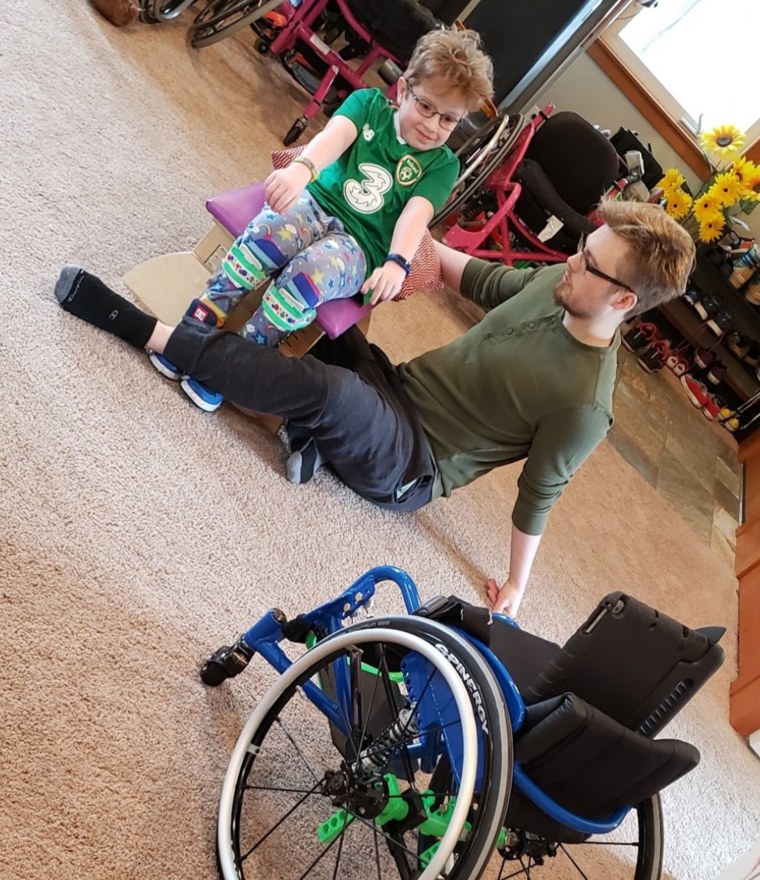
The families hope that people understand that these services remain essential for anyone with complex medical needs.
“It’s always stressful but you don’t really have another choice. Your other choice is to check into a hospital and tell them that you can’t do it anymore and your child sits in a hospital until nursing care is available in the home,” Stohr said. “Kids grow from experience and being out in the community … You miss out on that when you’re stuck in a hospital or facility.”